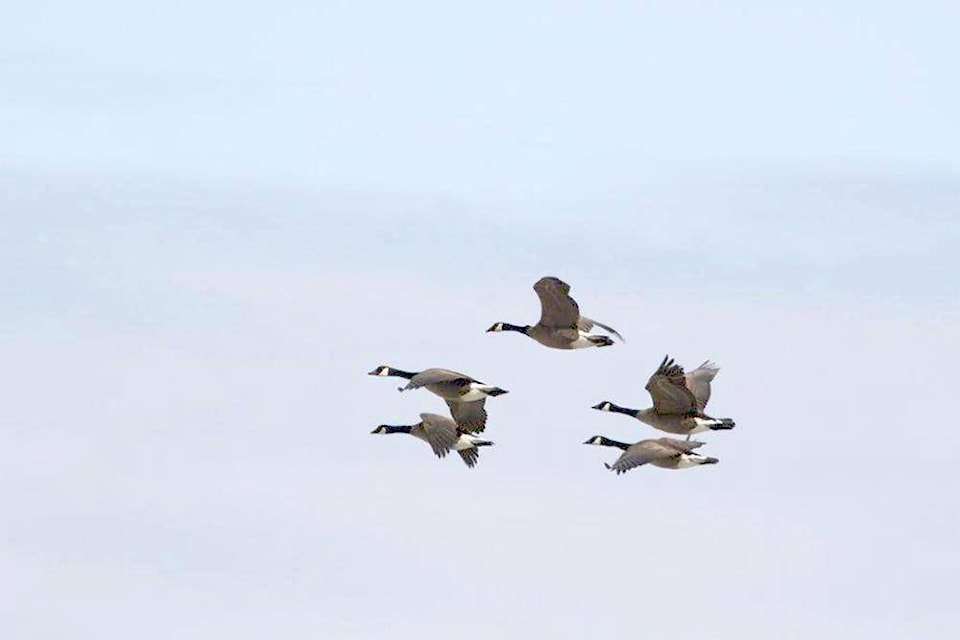By Margo Hearne
The northwest winds continue to blow and seem to have taken all the songbirds with them. One of the few birds remaining is the Pacific-slope Flycatcher, a diminutive member of the empidonax family, or “empids” as they are known.
Sometimes when one is seen in the larger continent all that can be said about them is that they are “one of the empids” because, until they call, that’s what they are. They all seem to look the same: small, grey/yellow and thin-billed. Most, but not all, have a white eye-ring and most, but not all, have white wing-patches.
At first glance they don’t seem to have any distinguishing features and often the only way to tell them apart is by their voice. But they don’t really sing either. Unlike the exuberant robin or the liquid Swainson’s Thrush, flycatchers have buzzy or burry notes, sometimes a sharp ptik or even an explosive a-KEET as Peterson’s book describes the Acadian Flycatcher’s voice.
Here on Haida Gwaii we don’t have to work too hard to distinguish one flycatcher from another. Only one nests here: the Pacific-slope. It used to be called the Western Flycatcher — nice and easy to remember — but someone, somewhere decided that the Westerns were actually two different species, the Pacific-slope and the Cordilleran Flycatcher, so-called presumably because they nest in or near the Pacific Coast and Rocky Mountain ranges. The Cordilleras, “the backbone of the continent,” stretch all the way from the Andes to Alaska and hold us all together. Hammond’s and Least Flycatchers have been recorded here, but don’t seem to nest and are a rare occurrence.
Canada Geese flew over the other night. They hadn’t been around for a few weeks, the Sanctuary was empty of them, but they seem to be back. They usually make a lot of noise on their return, but these have been quiet and are not as evident as usual.
They were first heard on July 23, which seems to be the date of their annual return. How do they know? Is it a trick of the light, the call of the stars, the place of the moon in the sky? Or perhaps their wings have grown back from the moult, the chicks have grown up and it’s time to move back in. Most of the Tree Swallows have left — last week’s big flocks have gone and there are only a few Barn Swallows flitting through the open sky.
The huckleberries are being picked, not only by humans, but also by birds. Thrushes love them. One year a flock of Varied Thrushes picked every last berry from the local bushes before I did. This year, only one robin found them.
The world has definitely changed. Around the world, Ireland has had the driest summer ever, Britain is roasting and many people died tragically in flash wildfires in Greece. California is burning. The drastic predictions related to climate change are here.
It’s getting a little late to deny it and, although every year is different, the temperature is definitely rising.
